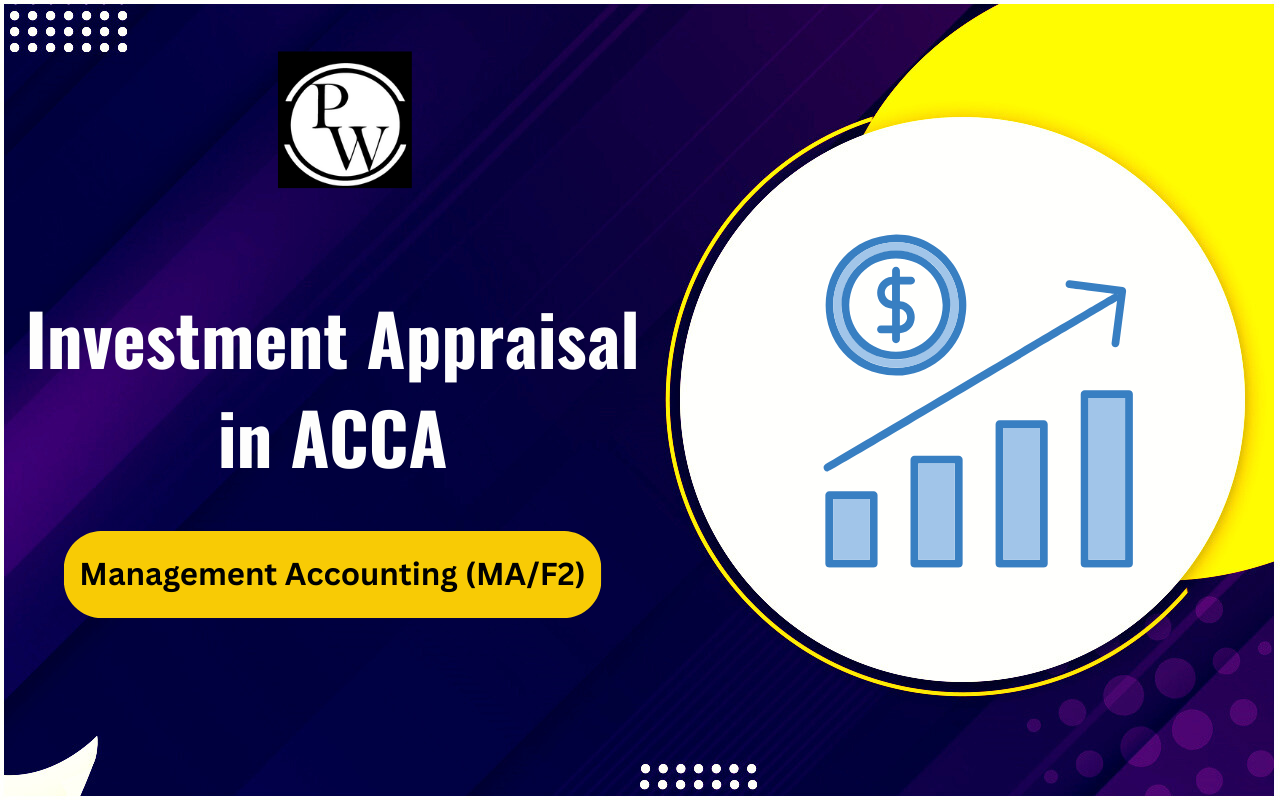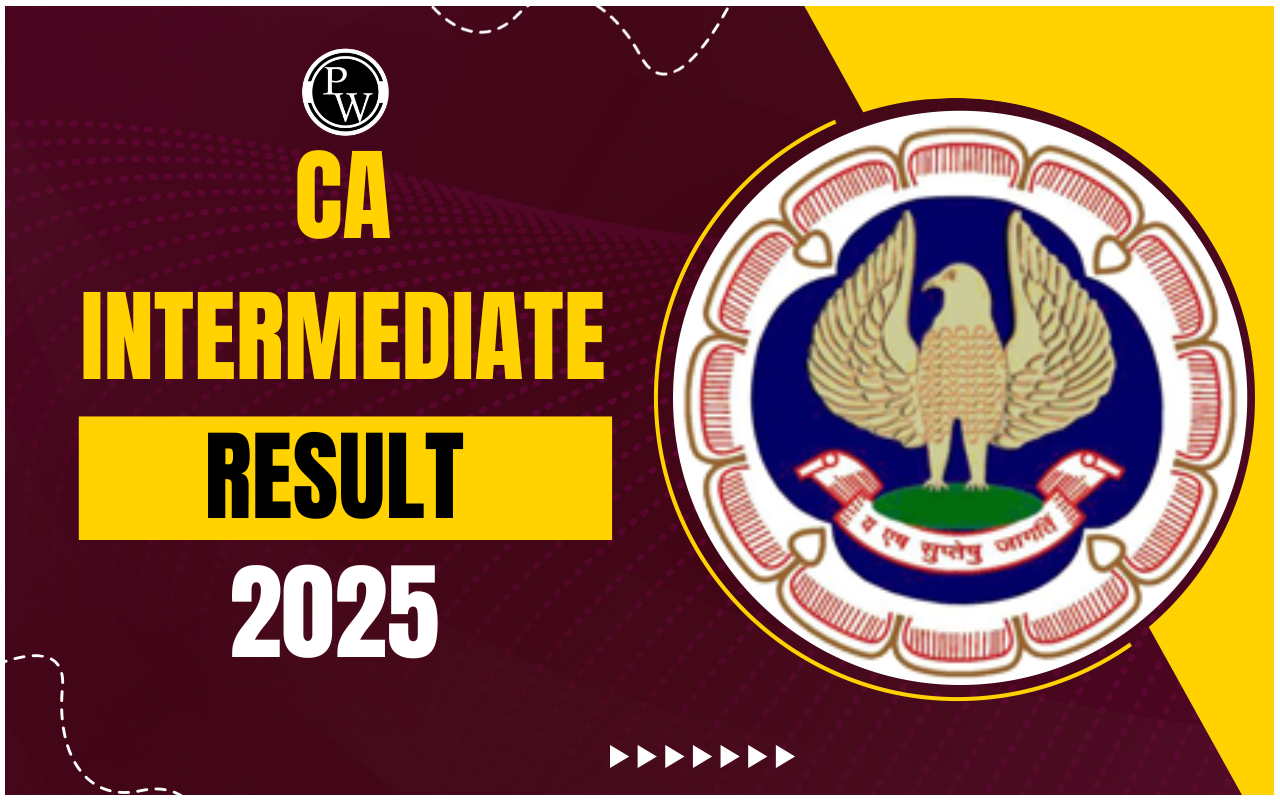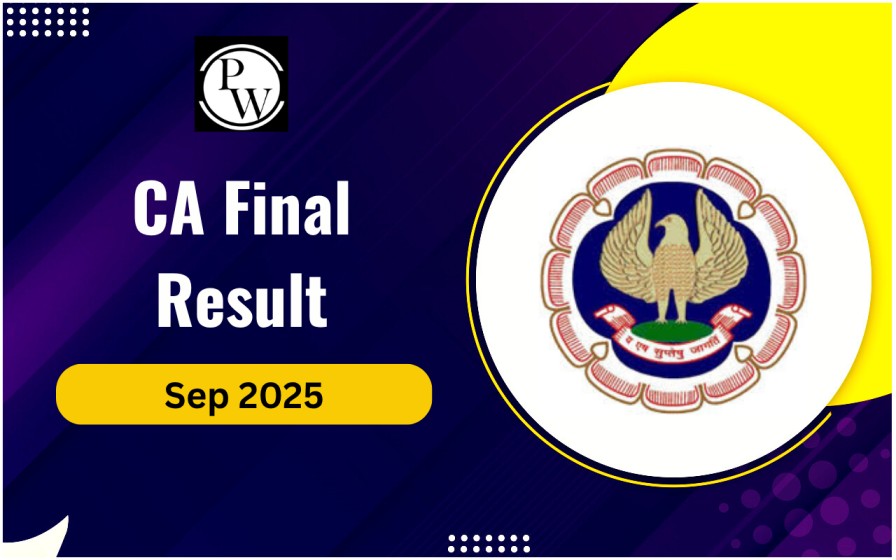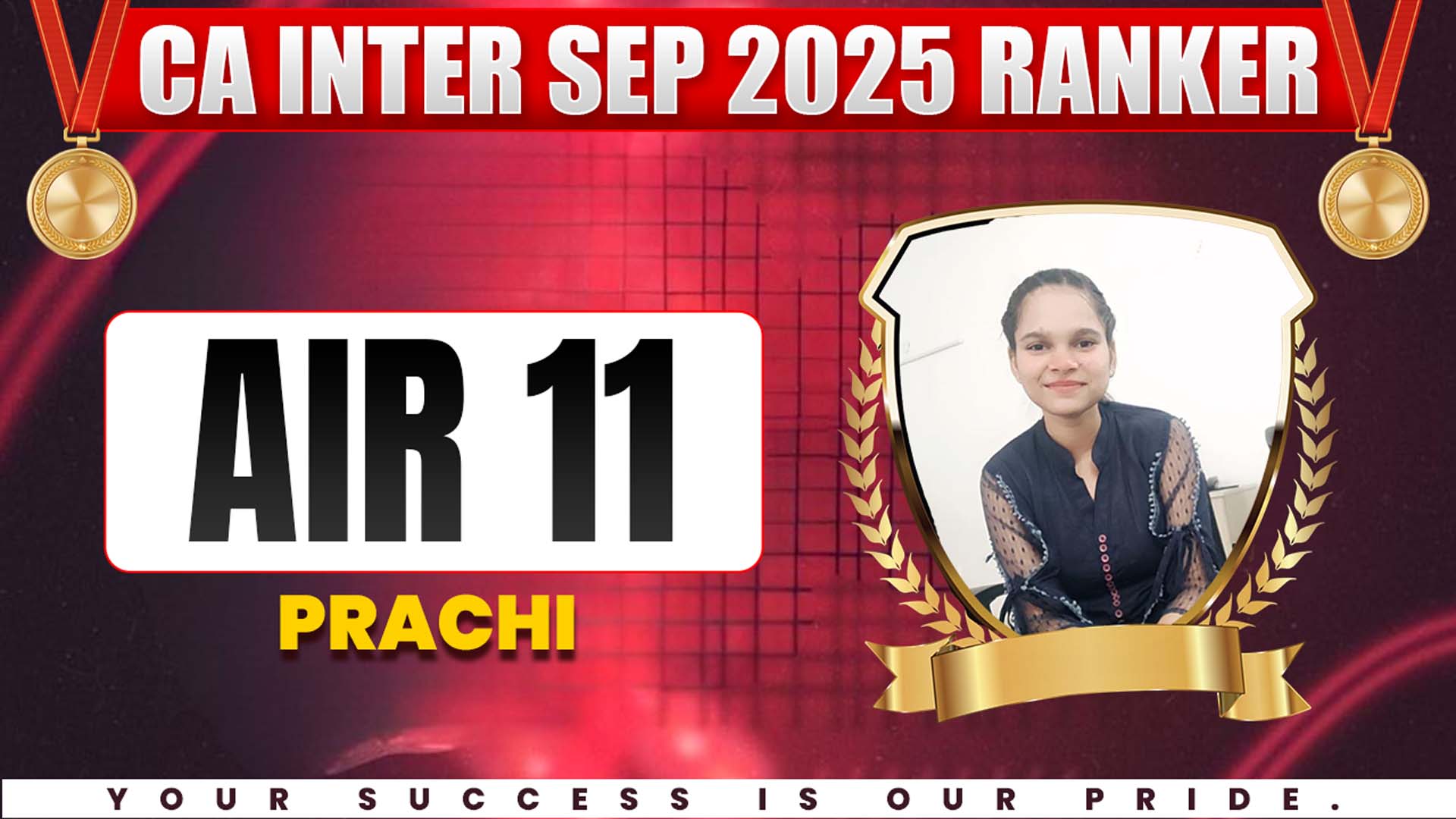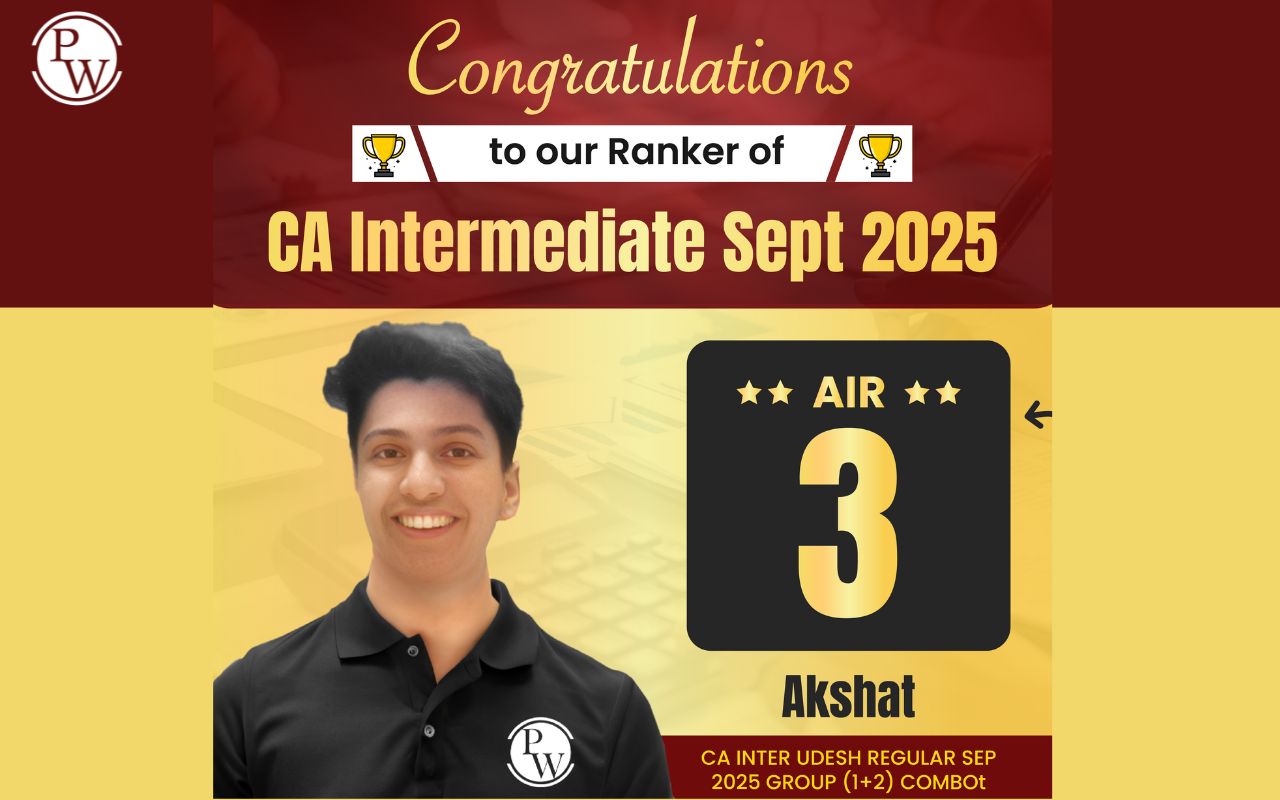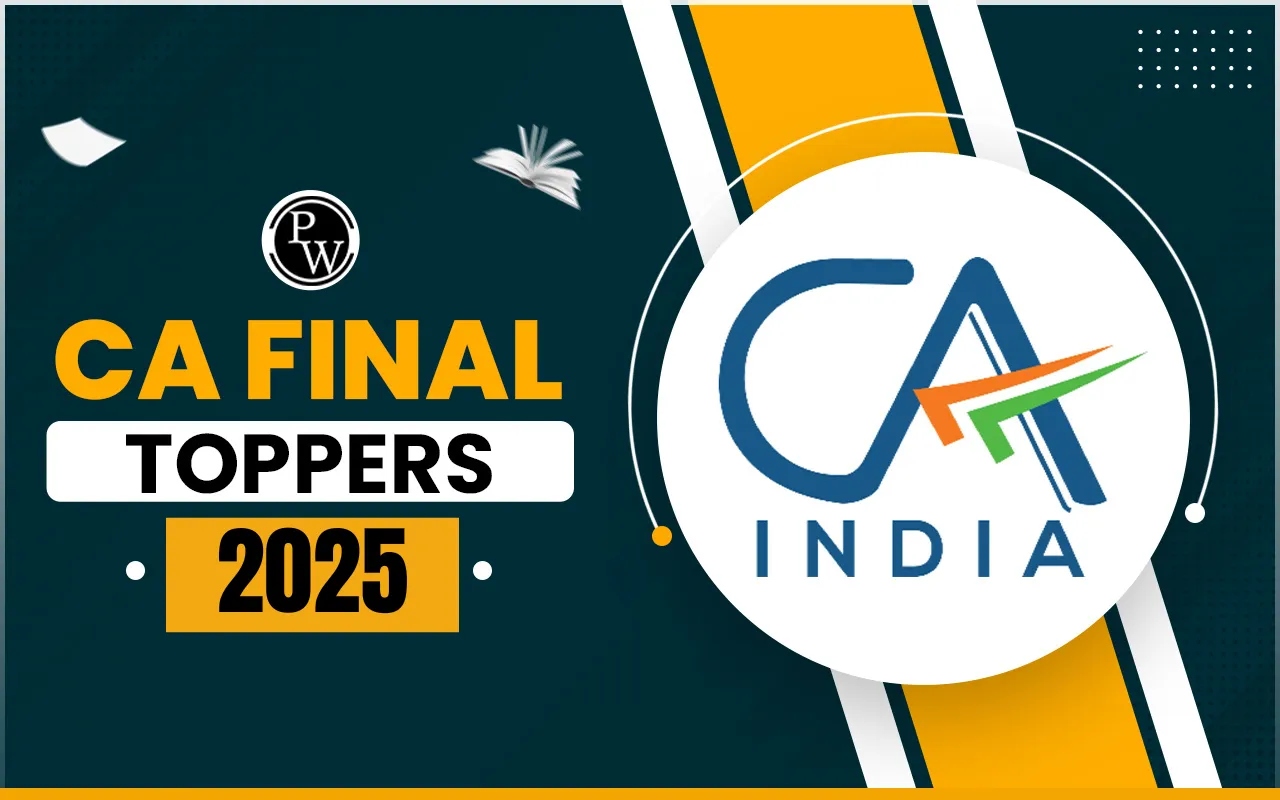
Imagine a manufacturing company working to reduce its production costs and improve efficiency. Standard costing sets predefined cost targets for materials, labor, and overhead. By comparing actual costs to these standards, the company can spot differences, identify improvement areas, and make smart decisions to boost profits.
Standard costing helps the company control expenses, measure performance, and continuously optimize operations. Let's dive into the details of this crucial cost accounting method for CA Exams .What is Standard Costing?
The term ‘standard cost’ combines ‘standard’ and ‘cost.’ Standard cost refers to the predetermined cost for each unit of production. It is based on expected material, labor, and overhead expenses, serving as a benchmark to measure actual performance. This allows managers to identify variances, improve operations, and boost cost efficiency in production. Standard costing is a cost accounting method that assigns a predetermined or "standard" cost to each production unit. This cost is based on anticipated prices for materials, labor, and overhead. Companies use this method as a control tool to help managers understand cost variances, which are the differences between actual and standard costs. By analyzing these variances, companies can make informed decisions to improve operational efficiency and profitability. Standard costs are scientifically predetermined expenses for manufacturing a single unit or multiple units of a product or providing a service within a specified future period.Variances in Standard Costing
Variances in standard costing highlight the differences between actual costs and the predetermined or "standard" costs. There are two main types of variances in standard costing: material cost variance and labor cost variance.Material Cost Variance: This is the difference between the actual cost and the budgeted cost of raw materials. If the actual cost of raw materials is higher than the budgeted cost, it results in an unfavorable material cost variance. Conversely, if the actual cost is lower than the budgeted cost, it leads to a favorable material cost variance.
Labor Cost Variance: This is the difference between the actual cost of labor and the standard cost budgeted for a specific product. If the actual cost of labor exceeds the budgeted cost, it results in an unfavorable labor cost variance. If the actual cost is less than the budgeted cost, it results in a favorable labor cost variance.
Variances are crucial performance indicators, enabling organizations to monitor their progress against budgeted costs and identify improvement areas. By analyzing these variances, organizations can make informed decisions to optimize operations and enhance efficiency. Regularly reviewing and updating standard costs is essential as market conditions and production processes evolve over time. This ensures that the standards remain relevant and accurate. Additionally, analyzing variances and taking corrective actions helps organizations stay within budget and achieve their financial goals.Also Check: Lease Accounting
Advantages of Standard Costing
The following are the advantages of Standard Costing:Improved Cost Control: Standard costing sets clear benchmarks for organizational expenses, allowing for precise comparisons between actual and standard costs. This helps identify areas where spending exceeds the budget, enabling quick corrective actions. As a result, it promotes financial discipline and enhances cost efficiency.
Better Performance Evaluation: This system provides a comprehensive assessment of performance by analyzing cost variances in detail. Managers can use this information to identify operational bottlenecks, implement strategic improvements, and optimize production processes, making operations more cost-effective.
Budgeting and Planning: Standard costing is crucial for budgeting and planning, offering reliable cost estimates for financial planning. It aids in preparing detailed budgets, ensuring optimal allocation of financial resources. This proactive approach helps organizations navigate fiscal challenges with agility, enhancing financial stability.
Better Pricing: Standard costing plays a key role in developing strategic pricing for products and services. By understanding the cost structure, businesses can create pricing strategies that balance competitiveness and profitability. This informed approach helps improve market position and ensures steady revenue generation.
Identifying Inefficiencies: Standard costing helps reveal operational inefficiencies and poor resource utilization. It guides organizations in making targeted improvements, ensuring resources are used effectively. This focus on operational excellence boosts productivity, reduces costs, and increases profitability.
Decision Making: Standard costing provides detailed cost breakdowns, aiding managers in making informed decisions about production scaling, cost management, and operational enhancements. This data-driven approach strengthens the organization's financial health and long-term sustainability.
Disadvantages of Standard Costing
The following are the disadvantages of standard costing:Inflexibility: Standard costing assumes that the same activities and production processes will be repeated consistently. This approach may not suit businesses that frequently adjust their production processes due to changes in demand or new product introductions.
Lack of Relevance: The cost data used in standard costing might not reflect current costs, leading to inaccurate pricing and poor decision-making.
Lack of Incentives for Cost Control: If actual costs are consistently higher than the standard, management might not feel the need to control costs, as these higher costs are already accounted for in the budget.
Complexity: Implementing and maintaining a standard costing system can be complex, particularly for businesses with multiple products and cost centers.
Emphasis on Budgeting: Standard costing places a strong emphasis on budgeting, which can detract from other important aspects of cost accounting, such as cost analysis and cost control.
Resistance to Change: Once a standard costing system is established, there may be resistance to changing it, even if it is no longer relevant or suitable for the business.
Explore PW CA Courses for comprehensive training in cost accounting and management. Master standard costing and enhance your career prospects. Enroll today for a brighter future in finance!| Also Check | |
| Arbitration and Conciliation Laws | Economic Policy and Globalization |
| Methods of Cost Accounting | Public Sector Audit |
| Scope of Financial Accounting | Integrated Reporting |
Standard Costing FAQs
What is standard costing?
Why is standard costing important?
What are variances in standard costing?
How can standard costing benefit my business?
What are the challenges of implementing standard costing?


